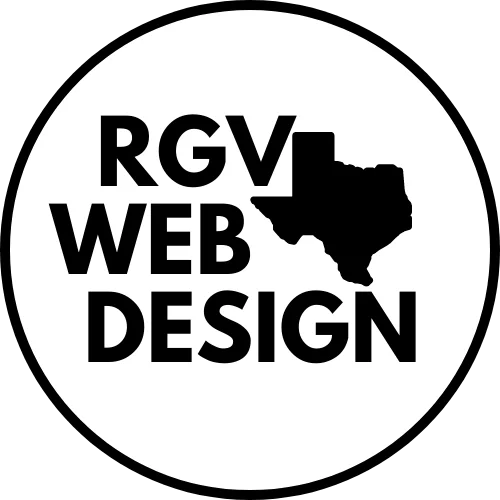Artificial intelligence (AI) has made significant inroads into various fields, including the arts. AI-generated art, created using algorithms and machine learning, has sparked intense debates and controversies within the art community and beyond. These discussions revolve around ethical concerns, legal challenges, and the impact of AI on traditional artists. This article explores the current controversies surrounding AI-generated art and delves into the debates shaping the future of AI in the creative world.
The Rise of AI-Generated Art
What is AI-Generated Art?
AI-generated art refers to artwork created by AI systems, often using techniques like neural networks and deep learning. These systems can analyze vast datasets of existing artworks and generate new pieces based on patterns and styles identified in the data. Tools like DeepArt, DALL-E, and GANs (Generative Adversarial Networks) have made it possible for machines to produce paintings, music, and even literature.
Growing Popularity
The popularity of AI-generated art has surged in recent years, with AI-created pieces being showcased in galleries, sold at auctions, and even winning awards. For instance, an AI-generated portrait titled “Edmond de Belamy” was sold at Christie’s for $432,500 in 2018, drawing significant attention to the potential of AI in the art world.
Ethical Concerns
Creativity and Originality
One of the primary ethical concerns surrounding AI-generated art is the question of creativity and originality. Critics argue that AI lacks true creativity since it merely replicates patterns from existing artworks rather than creating something genuinely original. This raises the question: Can art created by machines be considered truly artistic, or is it merely an imitation?
Impact on Traditional Artists
The rise of AI-generated art has sparked fears among traditional artists about job displacement and devaluation of human creativity. Many artists worry that AI could flood the market with cheap, mass-produced art, making it harder for human artists to compete and earn a living from their work.
Data Usage and Privacy
AI art systems often rely on vast datasets of existing artworks, many of which are copyrighted. This raises concerns about the unauthorized use of artists’ works for training AI models. Artists and copyright holders argue that their work is being used without consent or compensation, leading to calls for better regulation and protection of intellectual property.
Legal Challenges
Copyright and Ownership
The legal landscape surrounding AI-generated art is still evolving. One of the key issues is the question of copyright and ownership. If an AI creates a piece of art, who owns the rights to it? Is it the developer of the AI, the user who prompted the AI, or the AI itself? Current copyright laws are not well-equipped to handle these scenarios, leading to legal ambiguities and disputes.
Regulation and Fair Use
There is also a growing debate about how to regulate the use of AI in art and ensure fair use of copyrighted materials. Some propose that AI-generated art should be subject to the same copyright laws as human-created art, while others argue for new regulations that specifically address the unique aspects of AI-generated works.
The Future of AI in Art
Collaboration Between Humans and AI
Despite the controversies, many believe that AI has the potential to enhance human creativity rather than replace it. Collaborative projects between human artists and AI can lead to new forms of expression and push the boundaries of what is possible in art. For example, artists can use AI tools to generate initial ideas or explore new styles, which they can then refine and build upon.
Ethical AI Development
To address ethical concerns, there is a push for more responsible and transparent development of AI art systems. This includes ensuring that AI models are trained on datasets that respect artists’ rights and providing clear guidelines on the use of AI-generated art.
Embracing Innovation
The integration of AI into the art world is inevitable, and rather than resisting it, the art community can benefit from embracing innovation. By exploring the creative possibilities of AI and addressing the associated ethical and legal challenges, artists and technologists can work together to shape a future where AI and human creativity coexist harmoniously.
Resources
- Christie’s Auction – Edmond de Belamy
- DeepArt
- DALL-E by OpenAI
- GANs – Generative Adversarial Networks
- Ethical Issues in AI Art
- Copyright and AI
Conclusion
The controversies surrounding AI-generated art highlight the complex interplay between technology, creativity, and ethics. As AI continues to advance and reshape the art world, it is crucial to address the ethical and legal challenges it presents. By fostering collaboration between human artists and AI, embracing responsible AI development, and exploring new creative possibilities, we can navigate these controversies and ensure a future where AI and human creativity thrive together.
For more insights and professional guidance on leveraging AI in your creative projects, contact RGV Web Design LLC at 956-800-4948, email us at info@rgvwebsitedesign.com, or visit our website at rgvwebsitedesign.com. Our office is located at 813 N Main St Ste 102, McAllen, Texas 78501.

